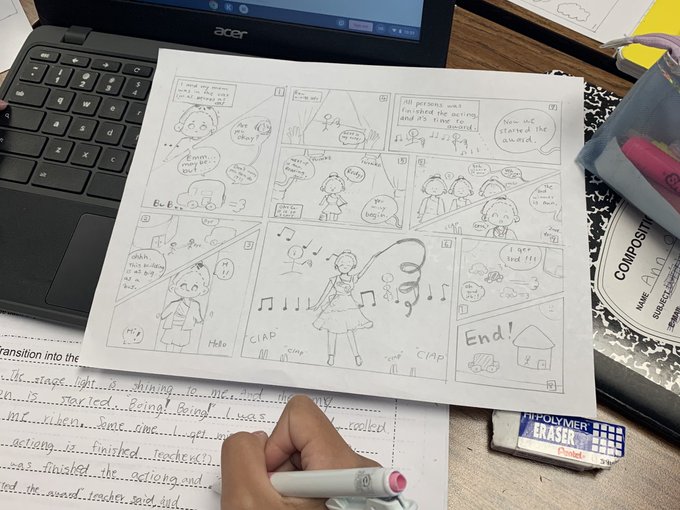Why "Letters" to a New ESL Teacher?
I remember the first time I stepped in front of my beautiful students, felt their eyes upon me, and that sheer sense of panic that went with it! Each student in the classroom was brand new to the country and language and had arrived with a difficult journey. How would I ever teach them when they could not even understand a word I was saying?!
I was fortunate. Amazing teachers and colleagues stepped in. They put their hand on my shoulder, looked deeply into my eyes, and spoke with conviction: "You've got this!" They watched me teach and provided valuable feedback, sometimes what was needed was just a shoulder to cry on. Collaboration is essential to all of us in this helping profession. This blog serves as a way for me to stay in contact with the extraordinary teacher who took over for me when I moved to full-time consulting and all of those who are new to the profession or continuing along their journey of learning as I am. Just when I think I have it all figured out, I step into a new setting and realize I must continue to adapt and grow to serve multilingual students from hard places. This blog chronicles practical things that have helped me, and lessons I'm still learning. Please be encouraged, because our work in the classroom matters more than we can ever realize!
I was fortunate. Amazing teachers and colleagues stepped in. They put their hand on my shoulder, looked deeply into my eyes, and spoke with conviction: "You've got this!" They watched me teach and provided valuable feedback, sometimes what was needed was just a shoulder to cry on. Collaboration is essential to all of us in this helping profession. This blog serves as a way for me to stay in contact with the extraordinary teacher who took over for me when I moved to full-time consulting and all of those who are new to the profession or continuing along their journey of learning as I am. Just when I think I have it all figured out, I step into a new setting and realize I must continue to adapt and grow to serve multilingual students from hard places. This blog chronicles practical things that have helped me, and lessons I'm still learning. Please be encouraged, because our work in the classroom matters more than we can ever realize!




